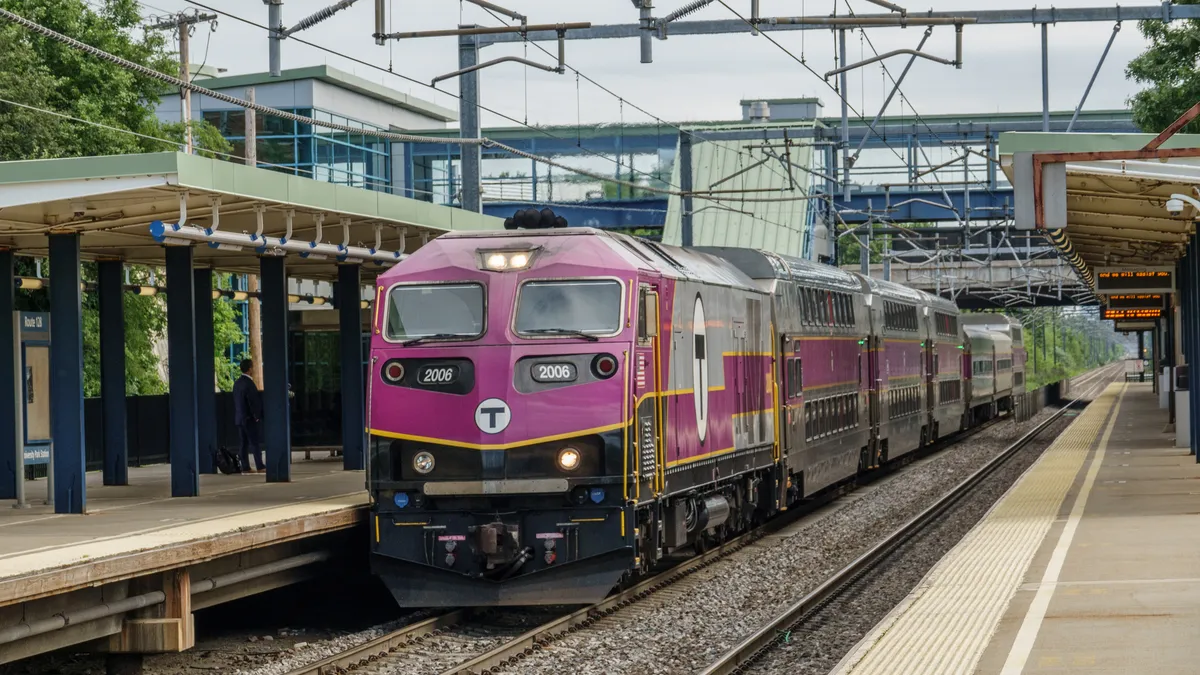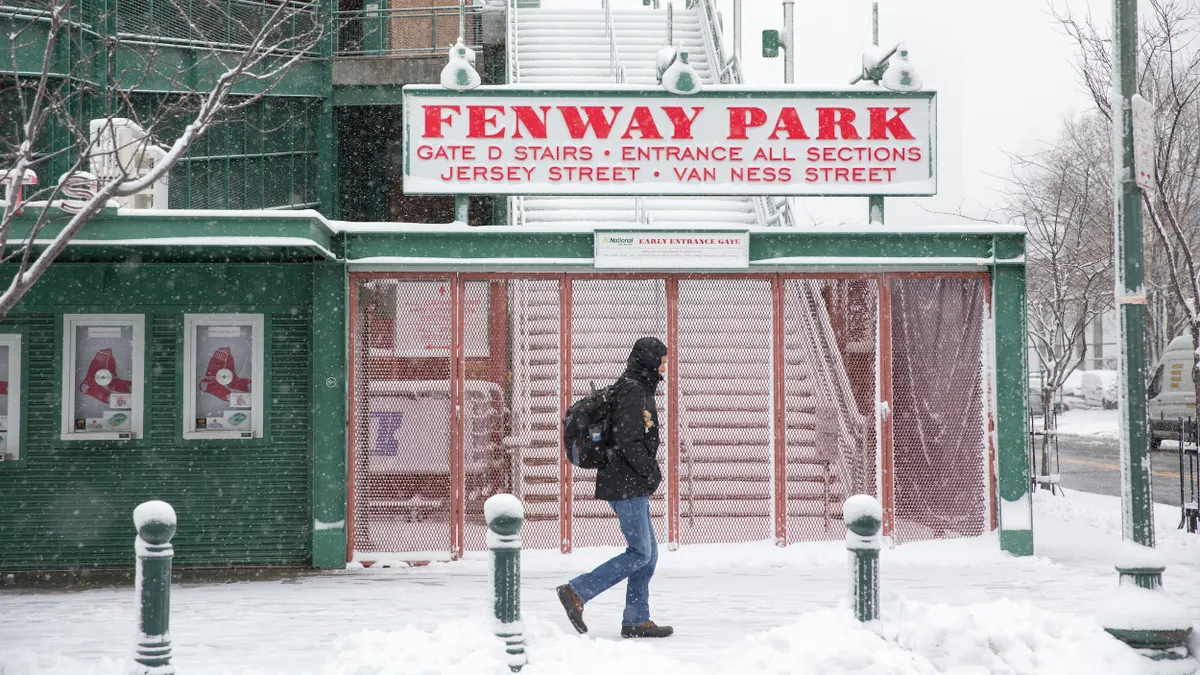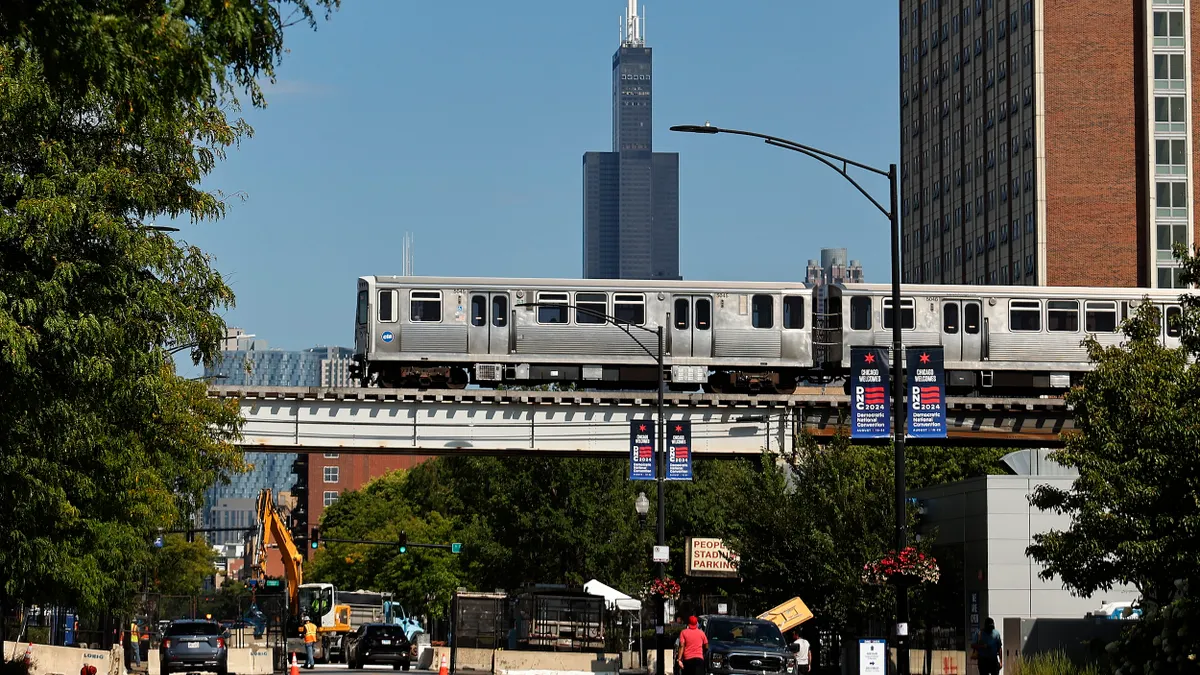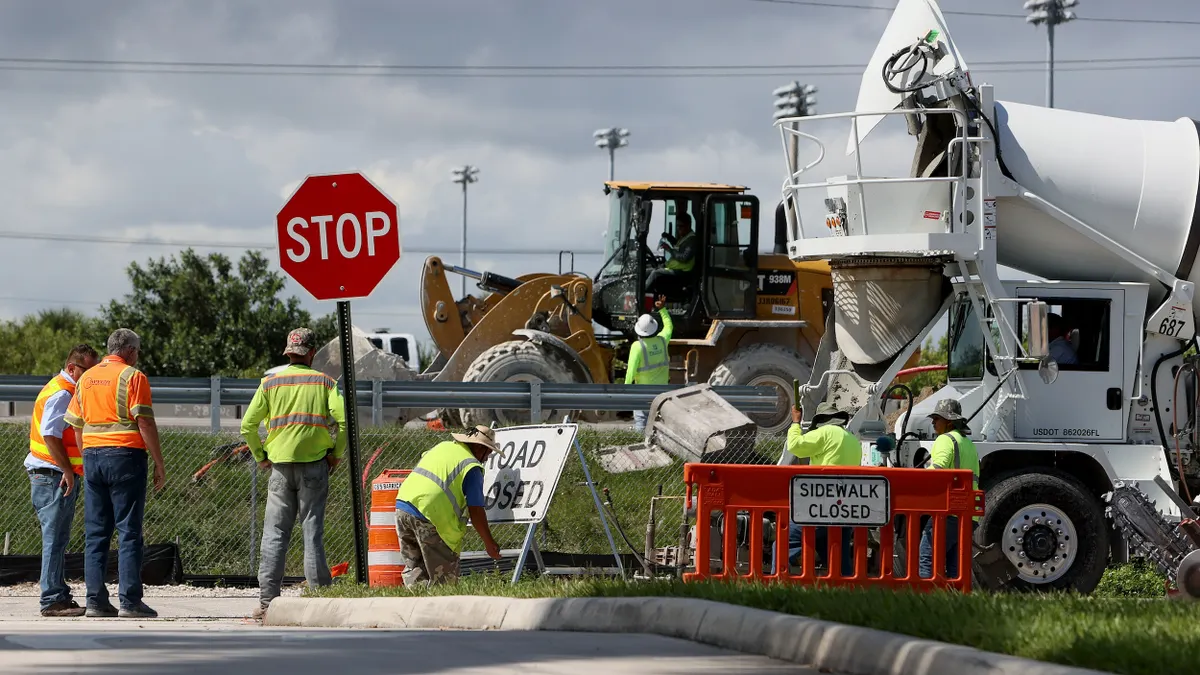Ridership, traffic congestion and financial issues were the top transit agency concerns in a survey released today by Keolis, the contract operator for 12 U.S. transit agencies and five in Canada.
A third-party firm solicited anonymous survey responses from 92 mid- and senior-level leaders at public transit agencies in the fourth quarter of 2023. Over three-quarters of respondents oversee bus operations.
In the U.S., almost two-thirds of transit agencies contract out part or all of their operations, according to a recent Eno Transportation report. “The more we can understand [transit] from the agency's perspective, which the survey allowed us to do, the more we can focus on the right topics and bring in the right experts to support them,” said Ryan Adams, Keolis executive vice president of market development and innovation.
Public transit ridership took a hit during the COVID-19 pandemic, but by 2023 it had recovered to almost 80% of 2019 levels, the American Public Transportation Association reported in April. The Keolis survey found that 48% of respondents are currently expanding or planning to expand their service areas and the frequency of service in the next five years. “It does seem a bit counterintuitive that with ridership struggling, agencies are still looking to expand,” Adams said. He added that public transit is there to provide mobility to its communities, “and they find a way to do it.
Transit agencies separately have said they are adding more service throughout the day, as well as at night and on weekends, to adapt to new travel and commuting patterns. Doing so benefits transit operators as well: Previous peak-time commuting patterns created more uncertainty around staffing and overtime for drivers and support personnel, Adams said. With less fluctuation in service levels across the day, “you've got a lot more predictability, and that inherently will drive down cost because you've got something stable to manage,” Adams said.
Traffic congestion was cited by 58% of survey respondents as having a negative impact on operational performance. Put simply, slower-moving buses mean that more buses and more drivers are needed to serve the route, increasing costs.
Transit agencies in several large cities experienced steep declines in fare box revenue since the start of the pandemic. Agencies without another dedicated funding channel, such as a sales tax, will “struggle to balance operating funds,” said a 2023 S&P Global Ratings report. In the Keolis survey, 77% of respondents reported federal funding challenges and 60% said they had state funding challenges. “Funding will remain a challenge for the foreseeable future,” the report Keolis states.
Other headaches the survey addresses include workforce recruitment and retention, safety and the transition to low- or zero-emission vehicles. Over half of survey respondents said they have recruitment and training initiatives in place, and a quarter cite retention as a priority of current initiatives.
The survey did not specify the nature of respondents’ safety concerns, but Adams said some issues stem from recent turnover of front-line employees. “Statistically, newer operators have more accidents,” he said. But other safety factors include road construction, increased traffic and conflicts with passengers. “Safety issues are continuously evolving, which is why it requires relentless focus,” he said.
To address some of these safety issues, the Federal Transit Administration updated its National Public Transportation Safety Plan in April, setting 22 performance measures to address bus accidents, assaults on transit workers and other concerns.
With the Biden administration’s focus on cutting transportation emissions to reduce the impacts of climate change, the FTA has provided nearly $5 billion over the past three years for agencies to replace and modernize their bus fleets with electric or fuel-cell buses. But bus manufacturers have had trouble keeping up with orders. While 66% of respondents to the Keolis survey list energy transition as a current priority, nearly a quarter say it is also a current challenge. The survey reveals that 61% of respondents are having trouble buying new vehicles and 57% are challenged with needed upgrades to their bus facilities, such as charging infrastructure, Adams said.
Determining which future fuel source to go with — usually a choice between battery electric or hydrogen fuel cells — was cited by 57% of respondents. Adams said among all the concerns the firm heard, most related to vehicle availability and fuel type, “especially now that hydrogen is growing in popularity, which is likely causing a bit of a wait-and-see approach there.” Orders for fuel cell buses grew more than 75% last year, according to Calstart, a nonprofit advocacy group for clean transportation technologies.
The survey was Keolis’ first of this nature, but Justin Thompson, director of marketing and communications, said it plans to repeat the survey at regular intervals.




















